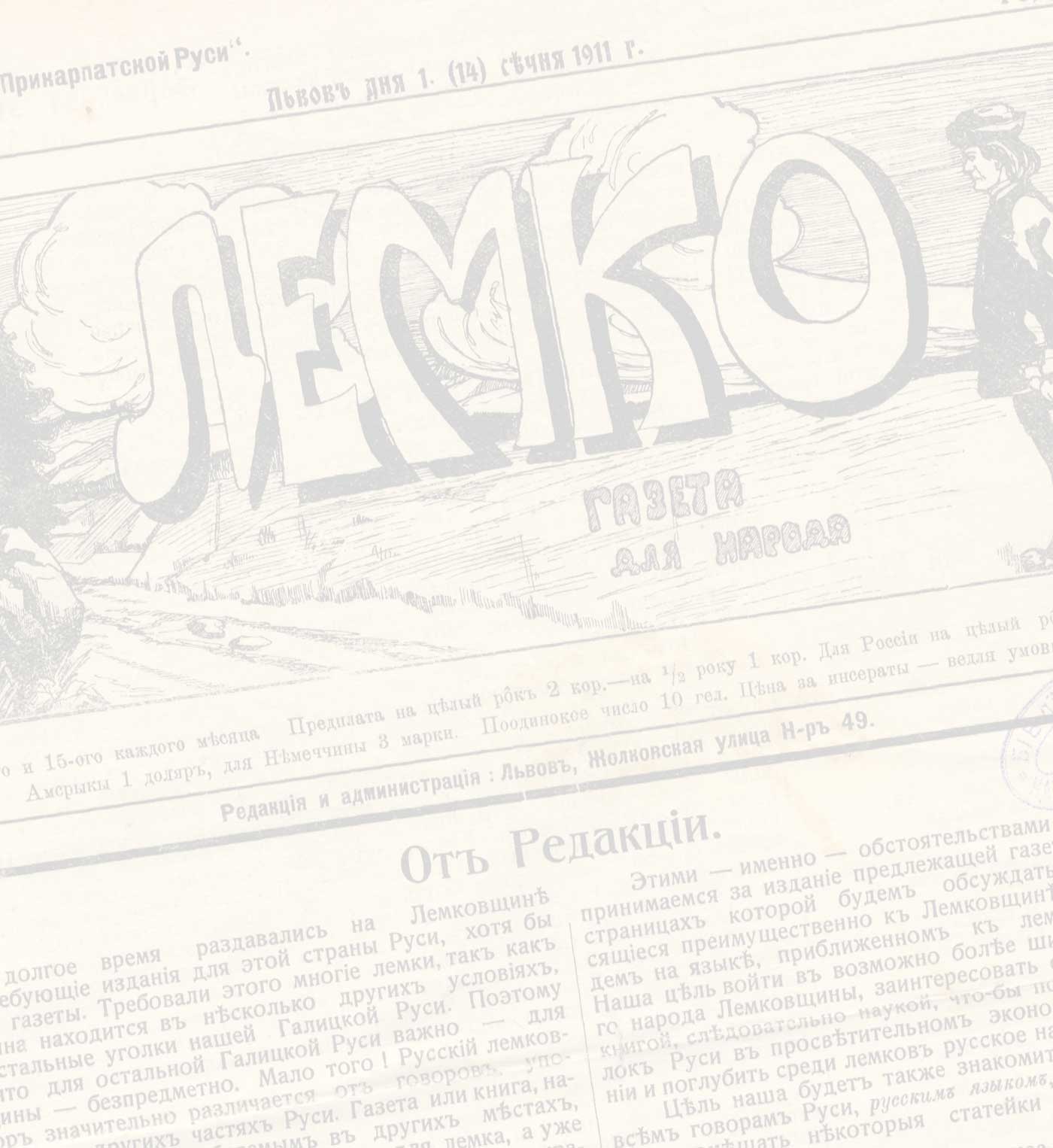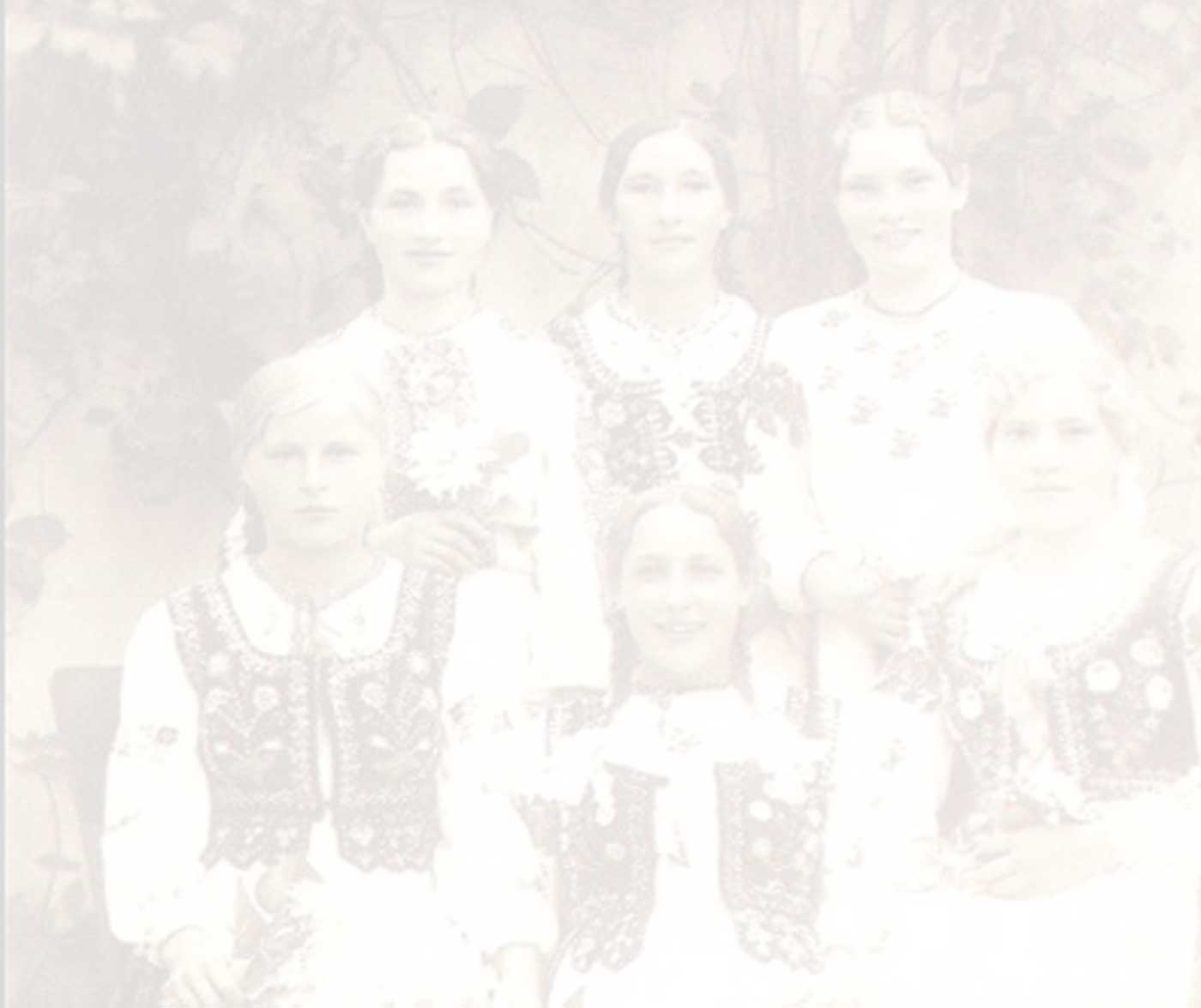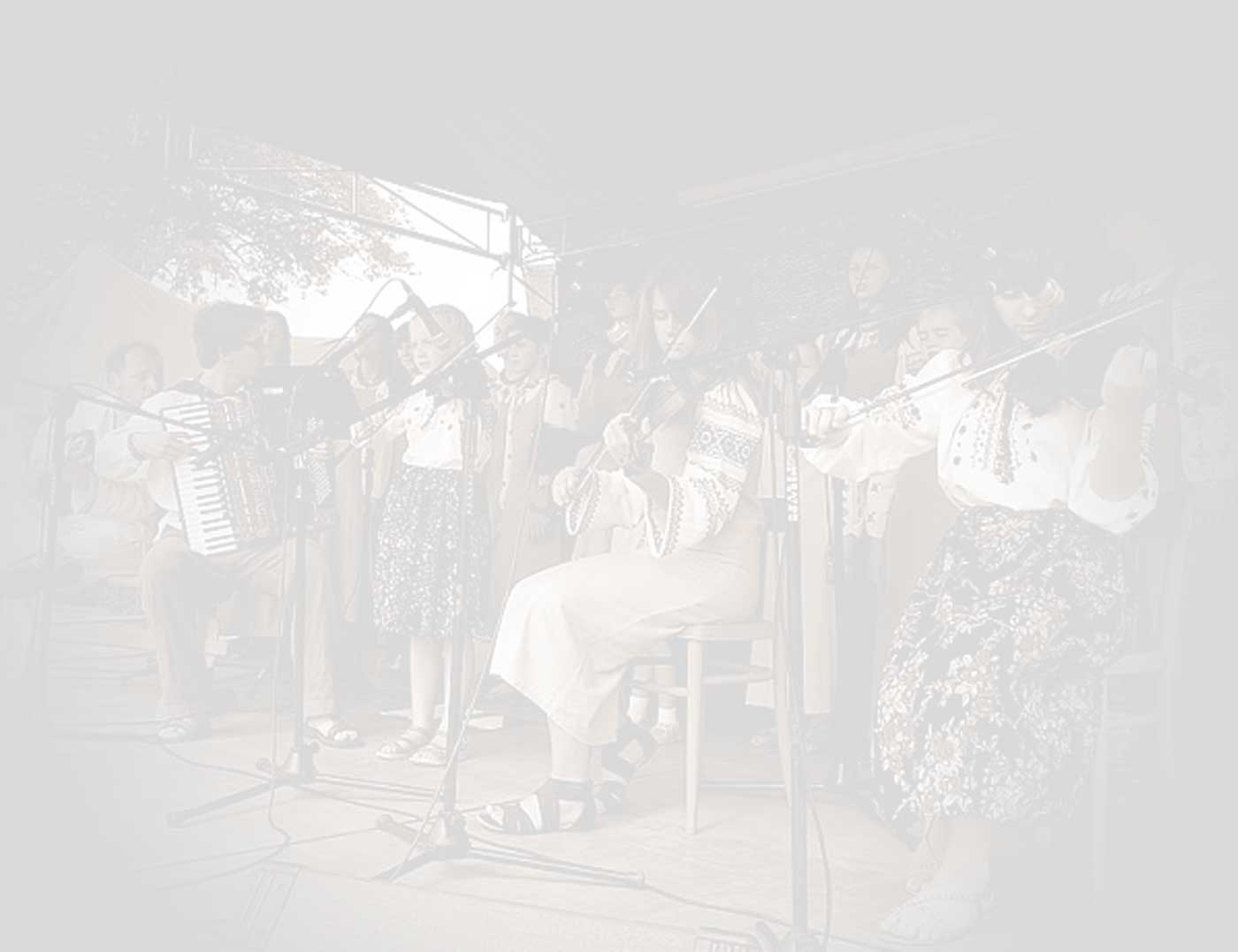























Language ideology
Bartłomiej Chromik
The word ‘ideology’ is commonly perceived to carry univocally negative meaning. However in a contemporary humanities, besides evaluative definitions of the term, there are also approaches which regard ideology as neutral. Michael Silverstein, who was a pioneer in the researches over linguistic ideologies referred to them. He defined the term as:
any sets of beliefs about language articulated by users as a rationalization or justification or perceived language structure and use.
More important than the creation of a new definition was the Silversteinian recognition of linguistic ideologies shared by users of the certain language as a factor, which can influence the language’s structure. This statement was contradictory to hitherto prevailing theories of linguistics, such as structuralism, which assumed that the inner logic of linguistic system was independent from its users and their ideas.
The work of Michael Silverstein has become an inspiration for subsequent scholars. They have creatively developed his definition, by lifting some constraints it assumed. They perceived not only the structure of a language, but a language itself (not necessary own one) as a subject of linguistic ideologies (Irvine 1989: 255). Some scholars claimed also that the ideologies which are most effective, remain invisible. They are not explicit (Wolfram 1998: 109).
The core of the notion of linguistic ideology is its social character and the ability to change not only the structure of a language, but also the way it is perceived, and aftermath its status. In some specific cases linguistic ideologies can cause the extinction, or the contrary, revival of a language. Currently it is also trenchantly stressed that in any community, one, homogenous linguistic ideology never exists (Kroskrity 2004: 498). There are plenty of them and they undergo dynamic changes as a result of inner- and intra-group interactions.
The characteristics of linguistic ideologies makes them a very useful tool, which may be used in the process of language revitalization. This process may be framed within a schematic model:
Revitalization = Documentation + Education + Change of language ideologies
The lack of awareness of existence of a linguistic pluralism and a focus in language revitalization process solely on the community using an endangered language may effect in deterioration of the attitude toward them and their language, shown by groups and individuals with whom they are socially interacting. As the result the actions undertaken by revitalizers may become counterproductive.